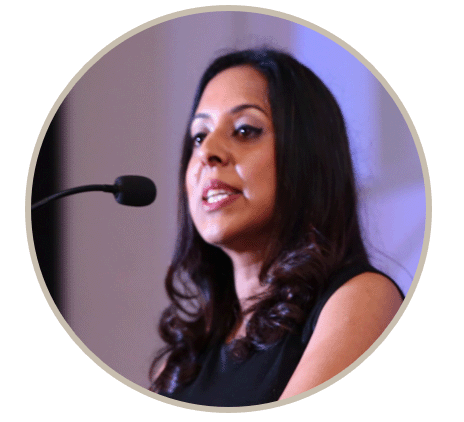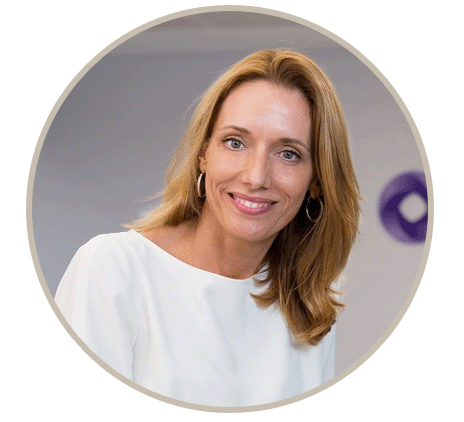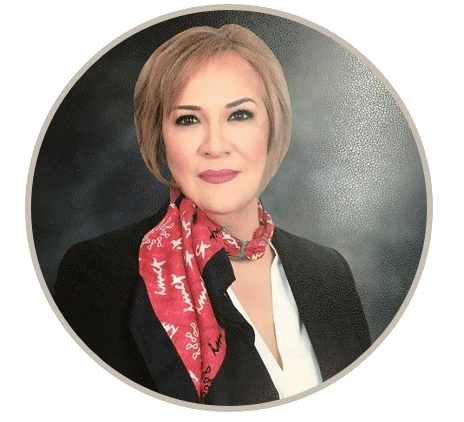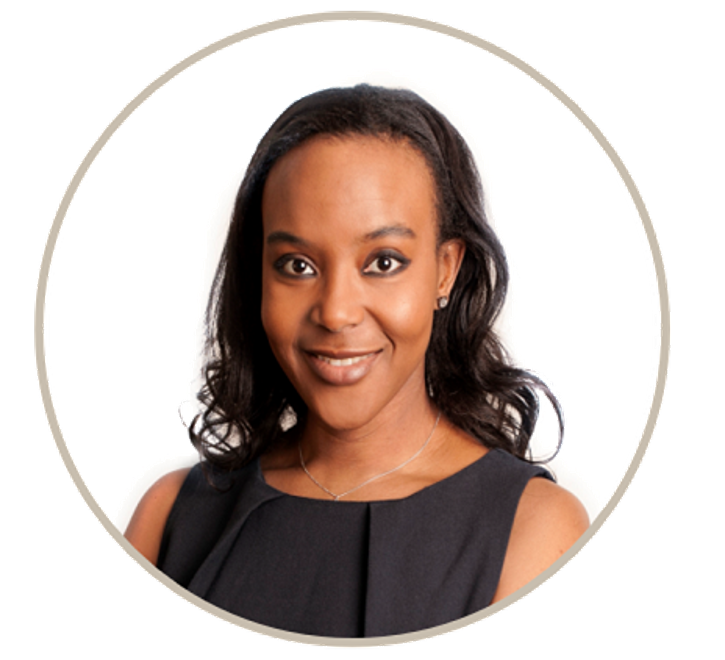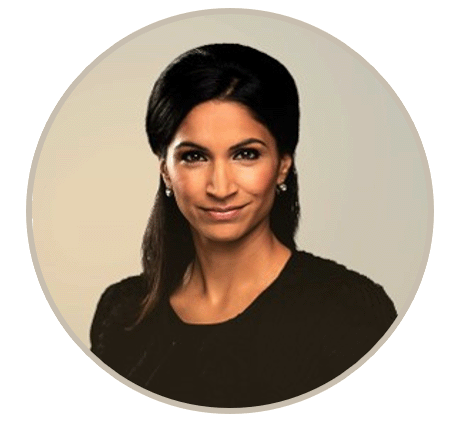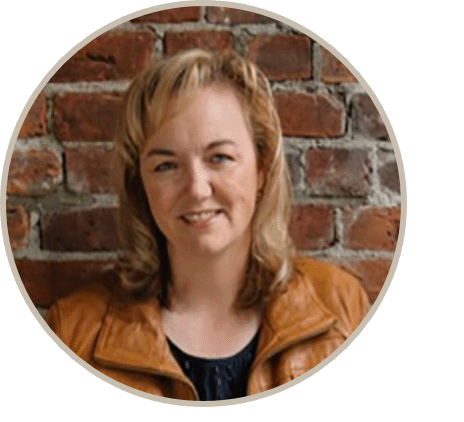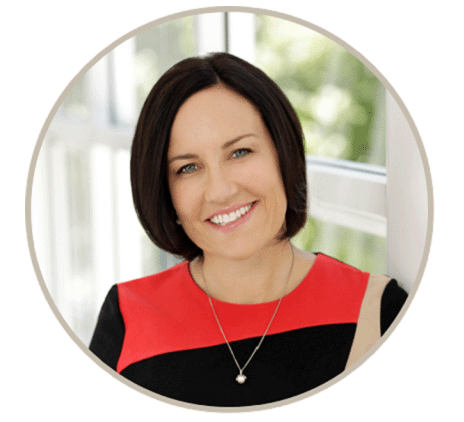-
Financial statements audits
Financial statement audits
-
Compliance audits
Compliance audits
-
Compilations and reviews
Compilations and audit
-
Agreed-upon procedures
Agreed-upon procedures
-
Corporate and business tax
Our trusted teams can prepare corporate tax files and ruling requests, support you with deferrals, accounting procedures and legitimate tax benefits.
-
International tax
Our teams have in-depth knowledge of the relationship between domestic and international tax laws.
-
Tax compliance
Business Tax
-
Individual taxes
Individual taxes
-
Estate and succession planning
Estate and succession planning
-
Global mobility services
Through our global organisation of member firms, we support both companies and individuals, providing insightful solutions to minimise the tax burden for both parties.
-
Sales and use tax and indirect taxes
SUT/ VAT & indirect taxes
-
Tax incentives program
Tax incentives program
-
Transfer Pricing Study
The laws surrounding transfer pricing are becoming ever more complex, as tax affairs of multinational companies are facing scrutiny from media, regulators and the public
-
Business consulting
Our business consulting services can help you improve your operational performance and productivity, adding value throughout your growth life cycle.
-
Forensic and investigative services
At Grant Thornton, we have a wealth of knowledge in forensic services and can support you with issues such as dispute resolution, fraud and insurance claims.
-
Fraud and investigations
The commercial landscape is changing fast. An ever more regulated environment means organizations today must adopt stringent governance and compliance processes. As business has become global, organizations need to adapt to deal with multi-jurisdictional investigations, litigation, and dispute resolution, address the threat of cyber-attack and at the same time protect the organization’s value.
-
Dispute resolutions
Our independent experts are experienced in advising on civil and criminal matters involving contract breaches, partnership disputes, auditor negligence, shareholder disputes and company valuations, disputes for corporates, the public sector and individuals. We act in all forms of dispute resolution, including litigation, arbitration, and mediation.
-
Business risk services
We can help you identify, understand and manage potential risks to safeguard your business and comply with regulatory requirements.
-
Internal audit
We work with our clients to assess their corporate level risk, identify areas of greatest risk and develop appropriate work plans and audit programs to mitigate these risks.
-
Service organization reports
As a service organization, you know how important it is to produce a report for your customers and their auditors that instills confidence and enhances their trust in your services. Grant Thornton Advisory professionals can help you determine which report(s) will satisfy your customers’ needs and provide relevant information to your customers and customers’ auditors that will be a business benefit to you.
-
Transaction advisory services
Transactions are significant events in the life of a business – a successful deal that can have a lasting impact on the future shape of the organizations involved. Because the stakes are high for both buyers and sellers, experience, determination and pragmatism are required to bring deals safely through to conclusion.
-
Mergers and acquisitions
Globalization and company growth ambitions are driving an increase in M&A activity worldwide as businesses look to establish a footprint in countries beyond their own. Even within their own regions, many businesses feel the pressure to acquire in order to establish a strategic presence in new markets, such as those being created by rapid technological innovation.
-
Valuations
We can support you throughout the transaction process – helping achieve the best possible outcome at the point of the transaction and in the longer term.
-
Recovery and reorganization
We provide a wide range of services to recovery and reorganisation professionals, companies and their stakeholders.
 Francesca Lagerberg, Grant Thornton International’s global leader – network capabilities, has been heading up our Women in business reports for 15 years. She reveals the progress she has seen, and what more needs to happen.
Francesca Lagerberg, Grant Thornton International’s global leader – network capabilities, has been heading up our Women in business reports for 15 years. She reveals the progress she has seen, and what more needs to happen.
| Q: Over the 15 years that you’ve been at the forefront of Grant Thornton International’s Women in Business reporting, how do you think gender diversity has progressed? |
|
Glacially. The figures are still wildly disappointing in comparison to the opportunities; the sad fact is there has been no significant movement in a positive direction over the time I’ve been involved with the project. |
|
Q: Why do you think, despite all the media attention and positive initiatives, things have failed to move on? |
|
It’s very hard to shift to a gender diverse senior leadership if the pool below doesn’t have a range of talent to take that role on, and it can take a few years to get the right candidates in place. Plus, old habits die hard: the reality is a lot of people tend to promote or encourage people who are like them, so it takes real determination to drive change. The situation is also a reflection of women just not wanting to take on the senior roles, either because they’re not that appealing or don’t sit with what they’re looking for, or they feel that there aren’t roles where they would feel wanted or welcome. It requires a matrix of different things happening to make senior management attractive, to encourage people to go for opportunities where they don’t see great role models. Plus the simple realisation that it is something that they really can achieve. |
|
Q: Where there have been gender diversity successes, what have been the factors behind them? |
|
You tend to find that various initiatives kick-start activity, but where you see a difference is when things are rigorously followed through, where there’s a real commitment from the senior leadership. It filters right the way through an organisation, it becomes part of business as usual and everybody knows, this is how we do things. |
|
Q: What do you see as the practical actions businesses can take to make a difference? |
|
They need to call out the issue. Having senior leaders, male and female, talking about diversity in a very open way allows whatever might be the blocker within a particular organisation to be more understood. It’s then about having a strong pool of people coming through an organisation. If you don’t have diversity in your talent intake, it’s really hard to have diversity at senior levels. It’s also about encouraging a diverse range of people to continue on in high-level roles. A lot of research shows that men and women respond differently to those opportunities. It’s a generalisation, but you do tend to find women like to be asked to go for these roles; whereas a man might think they had a good chance and give it a go, women like to be encouraged. It requires the senior leadership to think carefully about how to allow everybody to reach their full potential. |
|
Q: Gender diversity has been accepted as the right thing to do, but is it recognised as the right thing for business? |
|
There is a lot of research showing a correlation between encouraging diversity of thinking at senior level and success as a business. It’s really hard to show causation, but correlation is possible: diversity, at a senior leadership level, tends to mean that the business outperforms the market. Common sense suggests that if you have a bunch of people who are very similar-minded, with very similar backgrounds, there’s going to be less useful challenge at that leadership table. Constructive conflict can help people to look at different risk angles, consider other opportunities, so it opens up opportunities. Innovation, inevitably, means that businesses are at least looking at a broader range of things which may help them succeed in what is a particularly volatile commercial environment. |
|
Q: What obstacles have you personally had to overcome in order to reach and maintain a senior level? |
|
I tended to be the sole female in the room in so many meetings; I actually thought it was the norm. It was while before I realised, it doesn’t have to be like this. For myself, I look to the generation that follows me and at the people coming through, and I see this amazing range of talent spread across all genders, all backgrounds. In an ever-changing world, what we need are people that are able to navigate their way through the complexities. I look to the future and say, why would you want to have an approach that didn’t embrace diversity? It is the only way to build a team that can succeed. |
|
Q: What’s your message to those business leaders reading our Women in business report? |
|
The first thing is to acknowledge that it has a value; and to speak out around the opportunities diversity can bring in all its guises. The real win is how it engages both the power you’ve got in your business already, and also how it attracts talent. There are great people just waiting to join an organisation that gives them the opportunities they’re looking for. If you’re not offering those opportunities, that great talent will simply go elsewhere. The key to all this is around diversity of thinking as well as gender diversity. In terms of hard figures, it’s much easier to get male-female ratio and the research shows that if you get a more gender balanced organisation, you tend to be more successful, but you also tend to be making decisions with a more deeply rooted and rounded view of the world. |
|
Q: Within the Grant Thornton network, what diversity success stories do you see? |
|
I’m always pleasantly surprised when I go to different parts of the world and see fantastic things happening. For example, going to the Middle East and meeting a group of women who are trying to drive change in a region not traditionally known for its gender diversity. And in countries which already have great diversity, parts of Asia, parts of Russia, they are surprised at why all businesses aren’t doing this. It’s refreshing to see businesses that have really embraced gender diversity, where it’s been part of their culture for many years. It’s a wake-up call parts of the world where gender diversity is seen as radical, that elsewhere it’s just how ambitious business is done |
Read our Women in business report Return to Champions home page





